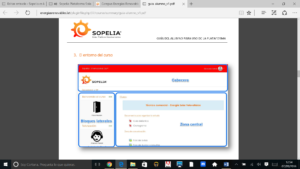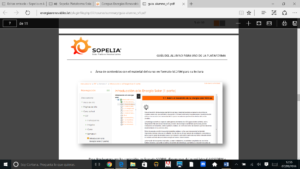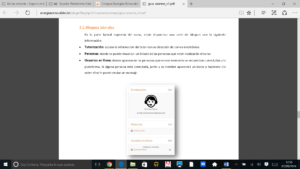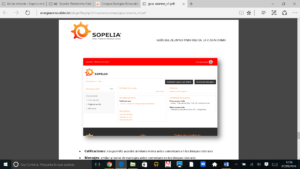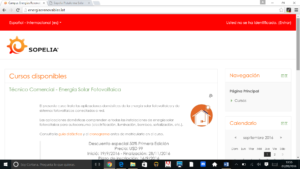Sergio came to potential client Mary´s home and asked to see the roof where the solar installations would be located.
Once up, Sergio began to manipulate his mobile phone.
“Do not bother,” Said Mary … “there is no coverage.”
This did not stop Sergio because his tool works based on the location of the mobile device through GPS positioning (internet connection is not required).
From location latitude all calculations are performed.
Sergio selected Solar Thermal Energy from Installation Type Menu first.
Then he confirmed the location on the Map and selected Heating from Installation Use Menu.

The inclination angle of the thermal collectors depends on the use of solar equipment.
Sergio query his mobile, getting the result and informs Mary that 50◦ is the optimal solar thermal collector’s inclination.
Mary, a little surprised, asked what would be the optimum orientation.
“The optimum orientation of the solar collectors is towards the Ecuador” tells Sergio.

For guidance, Sergio used Compass App recommended by his tool that has cautiously already downloaded in his mobile.
The last missing data: separation between thermal collector’s rows.

Because surface was horizontal, only data needed was solar collector height in cm.
Sergio query his mobile, get the result and tells Mary that 4.42 m is the minimum spacing between rows.
Totally surprised, Mary tells Sergio where the solar photovoltaic installation would be located.
Sergio selected Solar Photovoltaic Energy option in the Installation Type Menu now.
Then he confirmed the location on the Map and selected On-Grid Connection from Installation Use Menu.
Sergio query his mobile, get the result and tells Mary that 34▫ is the optimum inclination for photovoltaic installation.
As in this case the module rows would be placed on a non horizontal surface, Sergio consulted Mary inclination of that roof sector, which is 20◦.
Sergio entered deck inclination angle from horizontal with a positive value because cover inclination direction coincides with modules inclination.
Finally Sergio told Mary numerous Tips available at i App button to consider for collection surface setting.
Sergio made a very good impression on Mary and demonstrated professionalism.
This App exists, was developed by Sopelia R+D+I and its name is Solar Layout.
Mary´s satisfaction was complete when Sergio told her how could download Solar Layout on his mobile and, in a very intuitive way, get herself recommended values at any geographic location.







